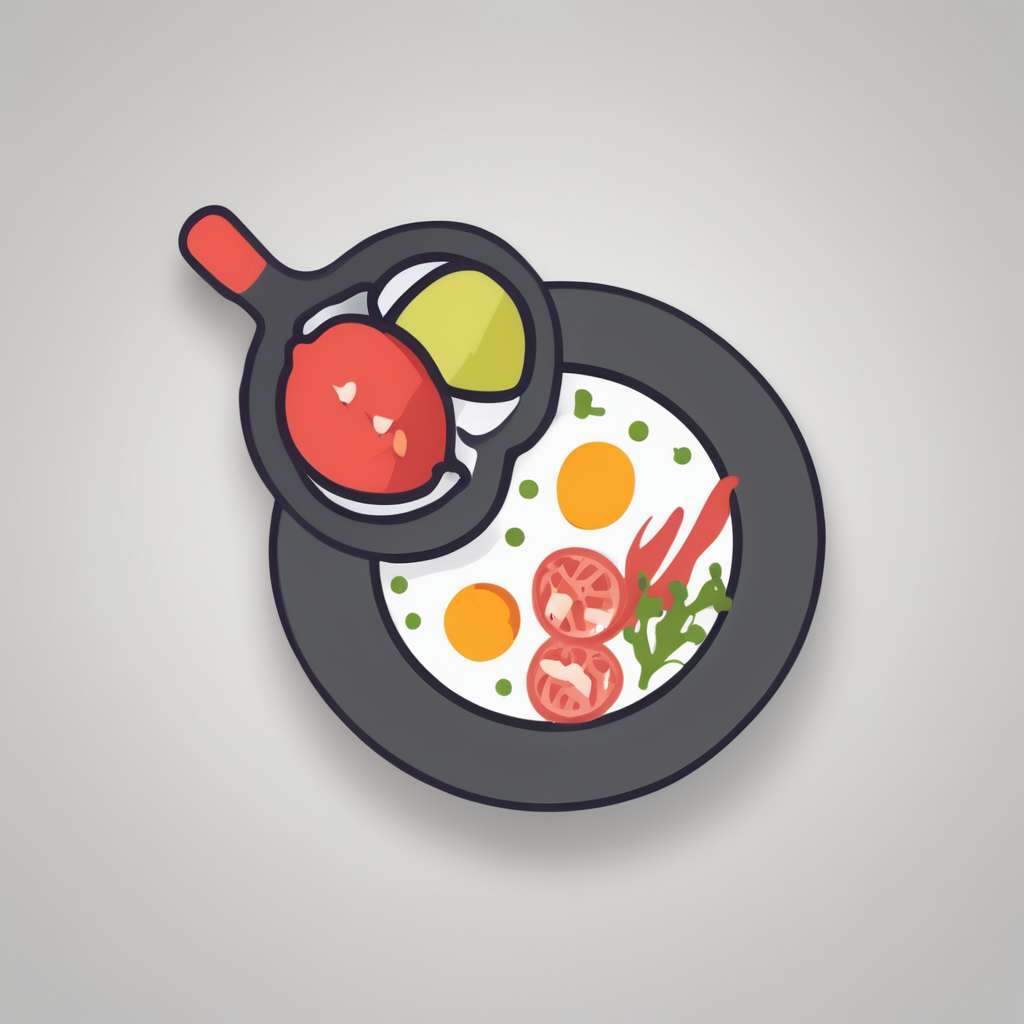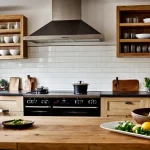Core Elements of Traditional British Kitchens Influencing Modern Designs
Traditional kitchen elements from British kitchen traditions continue to shape modern kitchen design UK with their timeless appeal. One of the most iconic features is the Aga oven, prized for both its warmth and classic look. These ovens are not only functional but also serve as a focal point in contemporary kitchens, blending nostalgia with modern efficiency. Farmhouse sinks also remain popular for their robust, practical design and connection to rustic, British kitchen traditions.
Shaker cabinetry exemplifies simplicity and craftsmanship, two key aspects of traditional kitchen elements. Its clean lines and functional design fit seamlessly into modern kitchen design UK, offering a perfect blend of heritage and contemporary style.
Also to read : Discover the top sustainable materials for eco-friendly kitchen countertops in the uk
British tea culture, deeply ingrained in British kitchen traditions, influences kitchen layouts by prioritizing spaces for tea preparation and cosy social spots. Accessories like tea caddies and tray designs remain popular, reflecting this cultural significance.
Colour palettes often draw from earthy tones and muted hues, while materials such as natural wood and stone add texture and depth. These elements preserve the essence of British heritage while ensuring modern kitchens remain warm and inviting.
Also to discover : How are modern uk kitchens evolving to fit compact living spaces?
Origins and History of Iconic British Kitchen Features
The British kitchen history is deeply rooted in practicality and social tradition. Early country kitchens evolved as multifunctional spaces designed not only for cooking but also for family gatherings, embodying warmth and communal living. These kitchens were characterized by robust elements that served specific purposes, such as the butler’s sink, notable for its large, deep basin ideal for heavy-duty washing tasks, a staple in historic British homes.
Another hallmark is the larder, traditionally a cool storage area integral to kitchen design before modern refrigeration. Its presence highlights the British focus on preserving ingredients and managing resources efficiently. Open shelving, common in traditional kitchens, allowed easy access to cookware and ingredients while showcasing craftsmanship through decorative joinery.
British craftsmanship shines in the joinery and hardware that adorn these kitchens. Intricate wooden cabinetry and brass fittings reflect a legacy of skilled artisanship. This combination of utility and aesthetics defines iconic kitchen features UK homeowners cherish today. Understanding these origins enriches appreciation for the enduring appeal of traditional British kitchens, seamlessly blending heritage with functional design.
Modern Interpretations: Blending Heritage with Contemporary Trends
In contemporary kitchen design, there is a growing trend toward blending tradition with modern aesthetics. This approach respects classic British craftsmanship while embracing the clean lines and functionality that today’s lifestyles demand. The key is reimagining classic layouts, such as the familiar L-shaped or galley kitchens, into open-plan spaces that foster socialising and fluid movement.
One hallmark of British modern kitchen inspiration is the seamless integration of technology without compromising heritage charm. Smart appliances, touch-activated fittings, and energy-efficient lighting coexist alongside traditional materials like oak or hand-painted cabinetry. This fusion ensures that the kitchen is not just a nostalgic nod but a practical, future-ready hub.
Visual inspiration often reveals kitchens with exposed beams and rustic finishes paired with sleek, minimalist hardware. The fusion of old and new sparks creativity, allowing homeowners to tailor spaces that feel inviting yet sophisticated. Embracing these modern updates enables a timeless ambiance that resonates with contemporary living trends, making British kitchens both a tribute to the past and a beacon of innovative design.
Expert Insights on Balancing Tradition and Innovation
Balancing tradition with innovation in kitchen design requires expert kitchen design tips that respect heritage while embracing modern needs. Kitchen designers in the UK often advise prioritizing classic features such as durable cabinetry or heritage-inspired tiles but updating their finishes or layouts to enhance functionality. For example, retaining traditional wood paneling but incorporating sleek, energy-efficient appliances achieves a seamless blend of old and new.
Homeowners should focus on key features that honor the kitchen’s original character—like a farmhouse sink or exposed beams—while reimagining storage solutions and lighting for today’s lifestyle. This approach speaks to a deeper appreciation for history without sacrificing convenience.
To avoid design clichés, experts recommend steering clear of overly ornate details that can feel dated. Instead, subtle textures and natural materials can provide authenticity without overwhelming the space. Maintaining a balance also involves smart space planning—allowing both traditional elements and modern workflows to coexist comfortably.
Ultimately, the best kitchen designer advice UK professionals offer revolves around celebrating the past thoughtfully, crafting spaces that are practical, inviting, and reflective of personal style rather than trend-driven.
Creating a Distinctly British Modern Kitchen: Practical Takeaways
Blending British kitchen ideas with modern design requires thoughtful balance. Start by mixing classic colours like soft creams, navy blues, and muted greens to invoke tradition while maintaining a fresh appeal. Introduce patterns subtly—consider wallpaper with botanical prints or tiled splashbacks featuring timeless motifs. Statement pieces such as an Aga cooker or vintage pendant lights create focal points that honour the heritage without overpowering the space.
For materials, look to natural oak, reclaimed wood, and honed granite, which echo traditional British craftsmanship. These elements add warmth and durability, ideal for a kitchen built to last. Incorporating handmade ceramics or brass fittings enhances authenticity and tactile richness, key to a tradition-inspired kitchen UK demands.
Sustainability plays a pivotal role today. Prioritise energy-efficient appliances and responsibly sourced materials to blend modern functionality with environmental mindfulness. High-quality finishes not only ensure longevity but also uphold the quintessential British value of enduring style. This approach respects both the past and future, delivering a kitchen that feels timelessly relevant.

